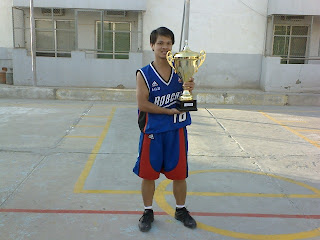PHASE I ( POST-OPERATIVE WEEK 0 - 4 WEEKS )
Inpatient physical therapy program
- gentle range of motion exercise in hip, knee, and ankle and focus in knee extension
- initiation of weight bearing as tolerated ambulationwith either a walker B/L crutch
- lower extremity isometric exercises
Following discharge from the hospital patient utilized a toe touch to 25% weight bearing status
PHYSICAL THERAPY PROGRAM:
1. Modalities such as Faradic stimulation
- muscle reeducation
- swelling control
- pain management
2. Stretching of gastrocnemius, soleus and hamstring muscle (seated)
3. Strengthening exercises
- Quadricep femoris muscle setting
- ankle dorsiflexion, plantarflexion, eversion, and inversionwith theraband
- straight leg raise in 4 planes
- ankle pumping
4. Balance, proprioception and gait retraining activities
- cup walking
- weight shifting with progressive weight-bearing
PHASE II ( WEEKS 4 -8 )
CRITERIA OF PROGRESSION
- Minimal effusion
- 50% weight-bearing
- fair grade strenght on quadricep femoris and hip abductor muscle
PHYSICAL THERAPY PROGRAM:
1. Continue phase I as appropriate
2. Strengthening Exercises:
- knee extension ex. with weight up to 2.25kg
- toe or heel raise
- minisquat
- wall sit (50% WB)
- standing knee flexion with weights
- standing hip abduction and flexion with resistance
3. Balance , proprioception and gait training exercise
- side stepping
- backward walking (guarded)
4. Fitness conditioning exercises include the stationary bicycle and pool therapy
PHASE III (WEEKS 8 - 18)
CRITERIA OF PROGRESSION:
- full weight bearing without assistive devices
- fair to normal grade strenght quadricep femoris and hip abductor muscle
- no effusion
PHYSICAL THERAPY PROGRAM:
1. continue phase I as appropriate
2. Strenthening Exercises
- knee extension exercise with increase weights
- step up forward and lateral
- single leg stand minisquat
- half-lunges
3. Balance, proprioception and gait trainingactivities
- single leg stand
- balance and proprioception activities on stable and unstable platform
4. Fitnes condition exercises include treadmill walking










